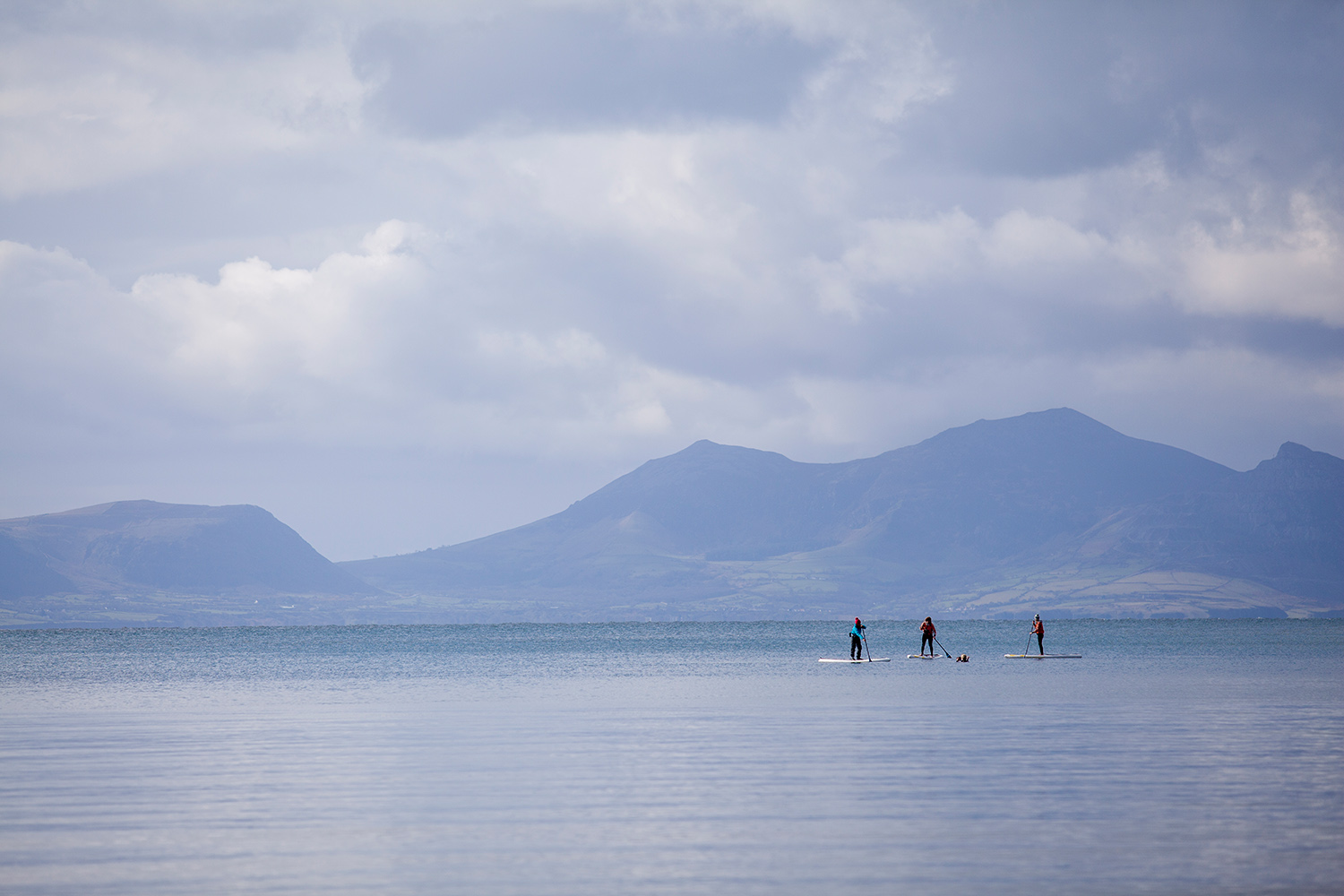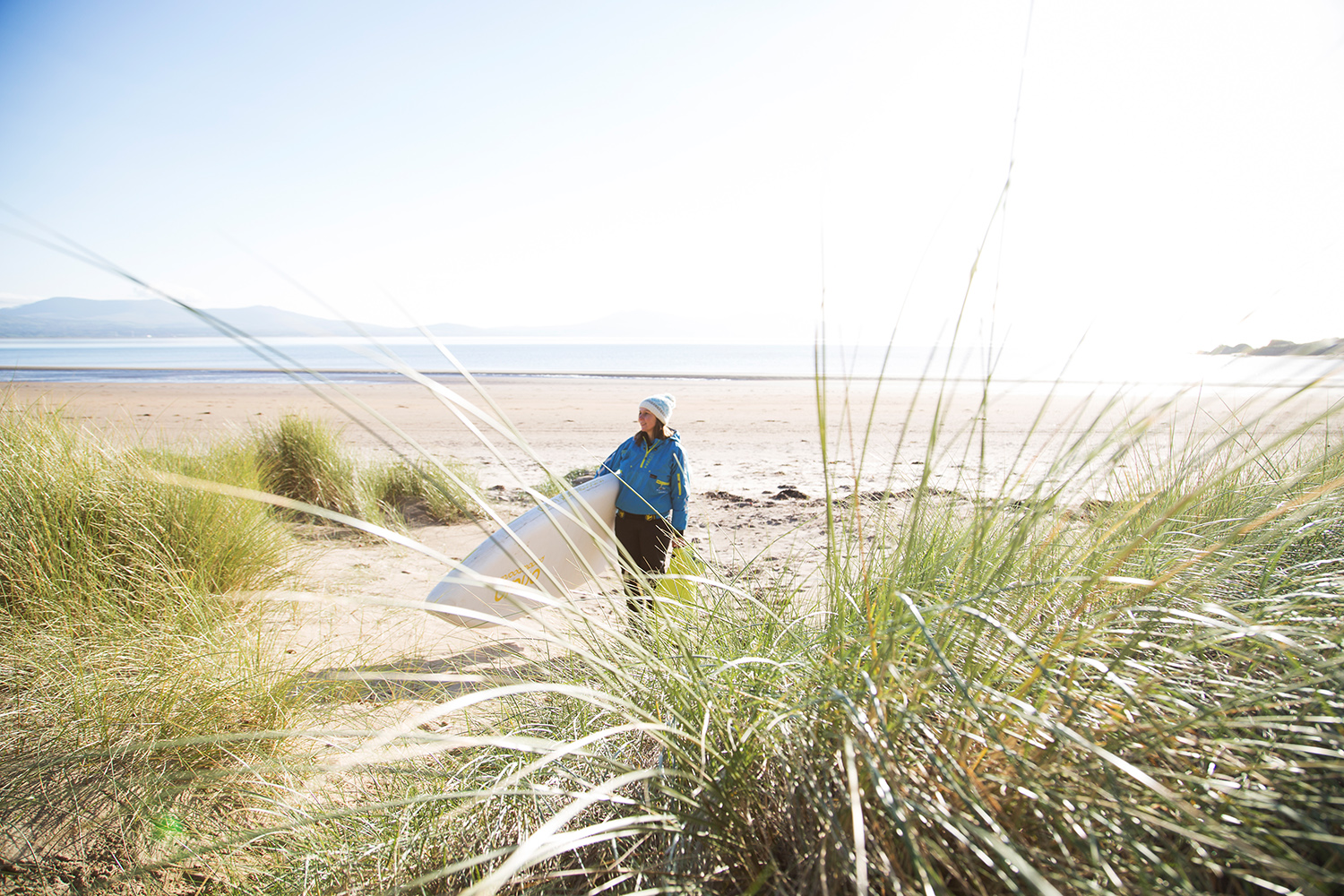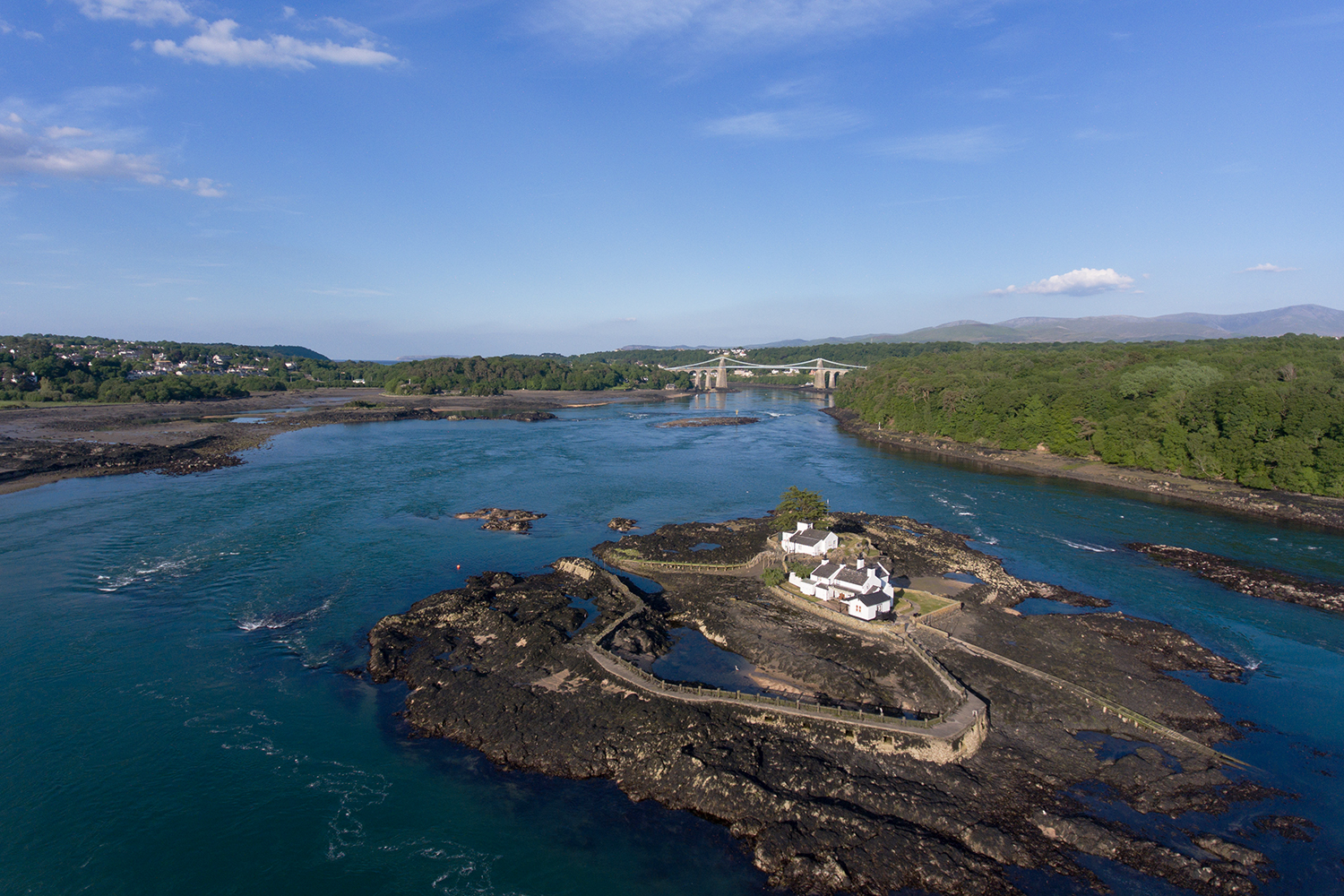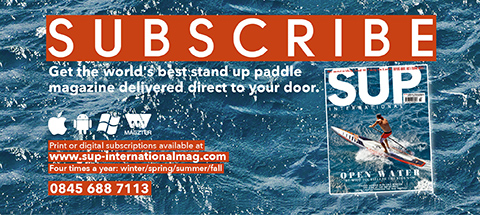GET PSYCHED #4 –
PREPARING FOR SEA ADVENTURE
With – Sian Sykes
I love the wildness of the sea. The swooping bird’s eye view from your paddleboard watching the elegant jellyfish float by, fishing leaping out of the water and those special moments when it’s just you and your board sharing a tidal race with porpoise… We love paddleboarding as it is such a fantastic way to journey and explore.
I have been drawn to the sea since an early age, I love it when the water is turquoise and flat calm like glass with the sun sparkling across it. I also love it is changing wildness beauty when the white horses come out to play. For me, the sea is like a giant playground waiting to be discovered, but planning both mentally and physically is key.
My advice for anyone wishing to jump on a SUP and head out to sea is to firstly identify your aspirations. Is it for example to explore a different area? To be an eco-warrior by collecting marine litter on your journey? An adventure to discover a remote island? To cruise along a stretch of coastline? To do a big open crossing? Basically, establish what your paddleboarding aim is, because everything else encompasses it. Remember, planning is key! As paddleboarders we are at the mercy of the weather and tides so we need to plan accordingly.

Planning and Preparation
I study maps to identify a route based on my aims. I identify any particular hazards and how I can mitigate those risks. It’s all about being fully prepared so you reduce being phased by problems in the water, and prevent having an EPIC – in a bad way! When you’re planning how far to go on your adventure, consider how far you can comfortably paddle over one day and allow some days off for bad weather. Know your limits. If it’s your first time, you don’t need to do a marathon.
It’s also worth noting down the launch and exit points and escape routes along the way so for if something alters you can change your plans and get out of there. The primary thing is to understand what the launch and exit points are like; is it a lovely sandy beach or huge granite cliffs? I recommend being familiar with the area where you’d like to paddle, keeping in mind where the sheltered bays and areas protected from the stronger winds and choppier waters of the open sea are.
Who’s coming with you?
Who you take on your paddleboarding adventure will have a big impact on your trip. I would advise paddling with people who have similar aspirations to you. If one person wants to paddle as far as they can every day and someone else wants to pootle and explore the coastline and take photos then one, or both, of them will get frustrated. Talk about what everyone wants from the trip before you go out on the water. A beautiful place can be ruined by bad group dynamics! When paddling in a group, stick together and don’t star burst. Keep it easy for yourself and other water users.
Weather
I study what the recent and predicted weather forecast to understand what the sea state is to better anticipate the swell and surf; no one wants to launch a loaded expedition sup into foaming lines of white water. Consider the wind direction and strength; can you take advantage of the wind on your tail or will you have to wait for the wind to die down before you can continue? Remember to err with caution as weather forecasts are just that so it might change when you get there. If you have to battle in the wind, identify what would your contingency might be. Is it really efficient paddling on the same spot and not making any distance and just tiring yourself out?

Tides
Understand and research if there is any tidal flow which you should utilise or avoid as this can make or break your trip. Understand what the peak flow will be – in some parts of the country the flow runs at 8 knots so you can be zooming!
Ability
Match your coastal adventure with your skill and experience level. Don’t go to a notoriously rough and windy place with limited landings if you have no experience of these conditions. Always paddle on the side of caution.
Are you mentally prepared?
If you are paddling a long distance you need to dig deep to get your head down and push through and ride out the challenging and tough times. When you are paddling you need to stay focussed on your aim, however keep in the back of your mind that you need to be adaptable. My advice is to set a marker where you are aiming for and tick it off when you get there. It helps you to keep track of your progress, this is so rewarding when you get to your destination!
Get back to basics
Nowadays people rely on their smartphones for so many things, but they’re only as good as their battery life or, as is often a problem on the ocean, their reception signal. I use my mobile phone only for communication. So, learn to read a map and take it and a compass; always be aware of your coordinates when you’re at sea.
“Who you take on your paddleboarding adventure will have a big impact on your trip. Talk about what everyone wants from the trip before you go out on the water. A beautiful place can be ruined by bad group dynamics!”
Communication
How are you going to communicate with the emergency services if the need arises? I use VHF and mobile phone. Keep your comms on you, not your craft, lest you become separated. I have a laminated crib card I have on me so if I have a brain fart moment I know what to say to the coastguard.
Contact the coastguard to notify them of your plan, they would rather know about your trip prior rather than dealing with calls from worried general public thinking you are drifting out to sea unintentionally. The coastguard may ask you to keep them updated with your progress.
Kit
You need to know what kit are you going to take with you on your trip and know how your kit works; don’t be that person who has all the gear but no idea how to use it! Thoroughly test it and feel confident in it so that in an emergency you won’t panic. Remember to wear appropriate protection for the conditions and to take a first aid kit and repair kit.
Fuel
Consider how much food you’ll need and how you’re going to access it. At sea the key thing is to keep hydrated and to have a stash of snack bars on you if you start to feel like you are lagging.
Rescues
Are you fully skilled with self or peer rescues? Are you first aid trained to deal with an emergency? This needs to be squared away.

Marine Code of Conduct
The idea of paddling around a rugged and stunning coastline whilst the local marine life go about their business unfussed by our presence can seem enchanting. Realistically, this is not usually the case and marine mammals and other wildlife can get disturbed. Contrary to belief although paddleboards don’t have an engine, they can cause just as much disturbance to marine mammals as a motorised vessel.
If dolphins, porpoises or seals are encountered at sea please:
• Slow down gradually to minimum speed.
• Do not make sudden changes in speed or course.
• Do not steer directly towards them or approach within 100m.
• Do not attempt to touch, feed or swim with them.
• Take extra care to avoid disturbing animals with young.
• Do not approach seals resting on the shore, and do not enter sea caves during the pupping season (1st August to 31st October).
• Do not discard litter or fishing tackle at sea.
• Avoid any unnecessary noise near the animals.
Leave No Trace
You need to consider the environment and how you leave it. We are all passionate about the outdoors and we need to make sure we protect it by being responsible. Take your litter away with you and allow time to do a mini beach clean too! Do your bit and help the environment. SUP
TOP TIPS:
• Take a flare and know how to use it
• Take some cash just in case
• Take a SPOT (tracking device) and know how to use it
• Remember to warm up before you paddle
• Mobile phone and VHF in a dry proof case
• Make sure you take a good lip protector and sun cream; the sun – sea reflection is powerful!
• Sunglasses on a lanyard
• Take water and snacks with you
• Be prepared to be adaptable
• A barometer on your watch is very handy. When you are at sea level the changes in the pressure can warn you about changes in the weather. As a general rule, a sudden change (down or up) usually means strong winds are coming.
• Be courteous to fisherman by giving them a wide berth. Apologize when you can’t.
ABOUT SIAN

Sian is a fully qualified International Mountain Leader and SUP instructor in Wales, UK and runs her own business Psyched Paddleboarding www.psychedpaddleboarding.com Sian has travelled the world, building up vast experience of leading expeditions to Nepal, Mongolia, India, China, Peru, Morocco, Iceland, Europe and the Alps. Sian’s mission is to inspire others to SUP and to offer high quality SUP training and safety advice. She offers memorable stand up paddle boarding adventures whether hiking to a tranquil wilderness lake, exploring stunning coastlines and of course leading SUP expeditions.


